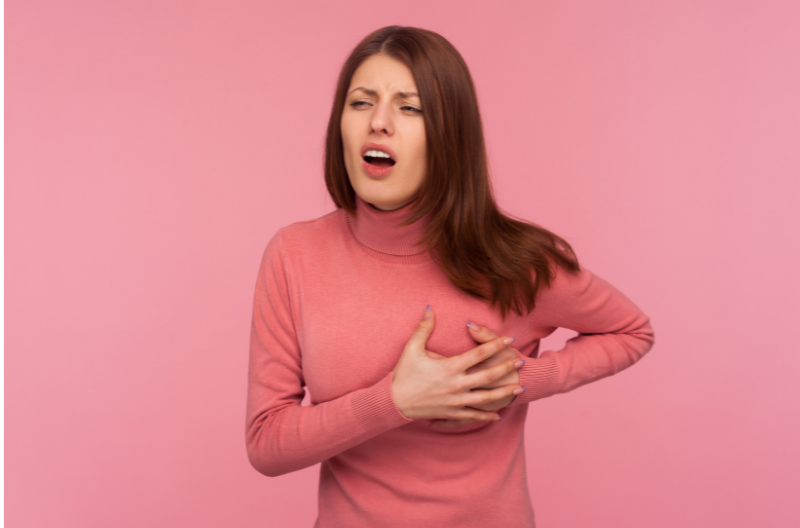It takes a lot of effort to be a new mother. On a daily basis, you may feel exhausted and depleted. It’s possible that you’re not feeling well because of the restless nights. Also, your restlessness may be caused by certain conditions, such as mastitis.
Mastitis is a type of breast tissue inflammation that is frequent among breastfeeding mothers. One out of every ten mothers in the US may acquire it during breastfeeding. If you don’t cure it right away, you may get flu-like symptoms and perhaps an infection in addition to breast pain and fever.
Are you scared about your ability to continue breastfeeding? There’s some great news to discuss! You are not obligated to quit. Feeding your infant often may aid in the healing of the problem, allowing you to feel better sooner. Here’s how to recognize the symptoms and the best natural remedies for mastitis, as well as when to seek medical care.
What is mastitis
Mastitis is a condition in which the breast tissue becomes inflamed. If not treated promptly, it might turn into a bacterial infection. Mastitis can affect one or both breasts at the same time. Lactation mastitis is what it’s called while you’re nursing. Mastitis typically develops when milk becomes blocked up in a specific location of your breast, accumulates, and becomes infected.
If you’re constantly bloated, this could happen. Bacteria can also enter the breast through broken nipples and other forms of skin irritation. Moreover, this condition can also be caused by pressure on the breasts, premature weaning, oversupply, or severe stress.
What does the beginning of mastitis feel like
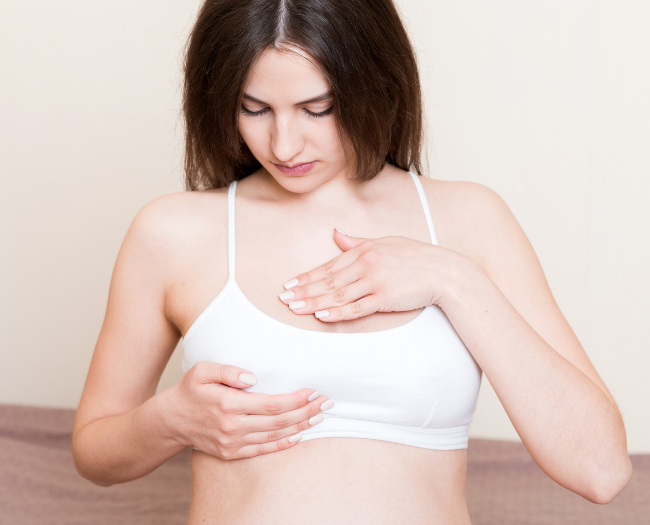
Mastitis usually begins with a sore spot in one of the breasts. It could be red, or it could be warm to the touch, or even both. Fever, tremors, and bodily aches are all possible symptoms. Swollen, sore lymph nodes in the underarm adjacent to the affected breast, an elevated heart rate, and flu-like feelings that develop worse are all signs that mastitis is becoming worse. Mastitis can cause a breast abscess, which appears as a hard, unpleasant mass in the breast.
Having experienced mastitis before, having sore nipples, or using a tight bra are all risk factors. If your kid isn’t latching correctly, if you have inadequate nutrition, or if you smoke, you’re more likely to get mastitis. It’s important to remember that symptoms can appear suddenly. So, if you’re having trouble sleeping, pay attention.
How do you get rid of mastitis naturally
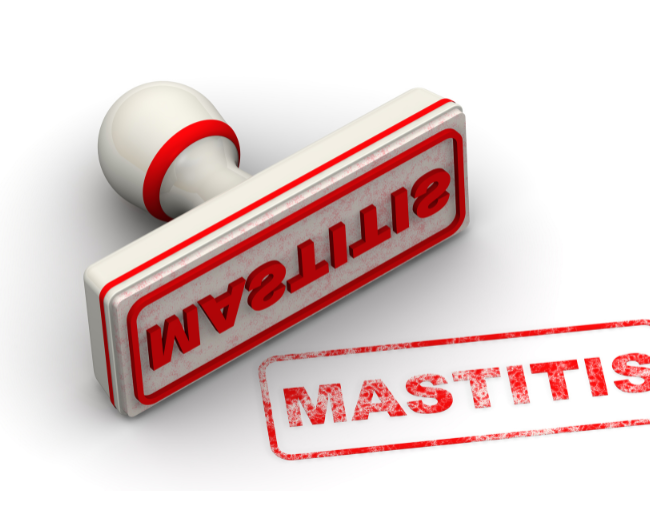
If you think you have mastitis, see your physician or a lactation specialist. You could do several things at home to ensure that it is rectified before it becomes a significant infection. Schedule a visit with your physician if home cures don’t seem to work. When you have mastitis, it’s vital to get some TLC. When it may seem impossible to relax while caring for a baby, make every effort to rest in bed or otherwise take a break from the daily struggle.
Think about asking your companion to take a few days of vacation work or seeking the assistance of a trusted friend or relative for a few days so that you can concentrate on yourself. Don’t feel bad about it; breastfeeding is difficult. You require rest to heal. Also, try some natural remedies for mastitis that will be covered further down.
Can you get rid of mastitis without antibiotics
Antibiotics aren’t always required for mastitis. Mastitis is a type of breast inflammation induced by milk stasis (a blockage in milk flow) instead of infection. Antibiotics are usually not needed to treat non-infectious mastitis. Nonetheless, non-infected mastitis was more likely to persist and become infectious, leading to the formation of an abscess if milk was not removed effectively.
Besides, according to NCBI, “If symptoms worsen, protracted, or there is evidence of systemic disease, patients must be managed with antibiotics based on culture results and resistance.” Therefore, make sure to talk to your doctor about it.
Natural remedies for mastitis
While getting to know your child and savoring all that lovely snuggling time is the most enjoyable part of being a new mom, feeding and resting habits are to set. And, regrettably, a case of mastitis can throw everything into disarray. So, here are some natural remedies for mastitis to think about.
- Cabbage leaves
You may have heard that cabbage leaves can help with various nursing issues. They can help with the discomfort and irritation of mastitis. The National Center for Biotechnology Information research found that cool cabbage leaves are as beneficial as hot compresses for breast soreness and engorgement.
💡 Cabbage, especially red cabbage, seems to raise levels of beta-carotene, lutein, and other heart-protective antioxidants.
- Breast massage
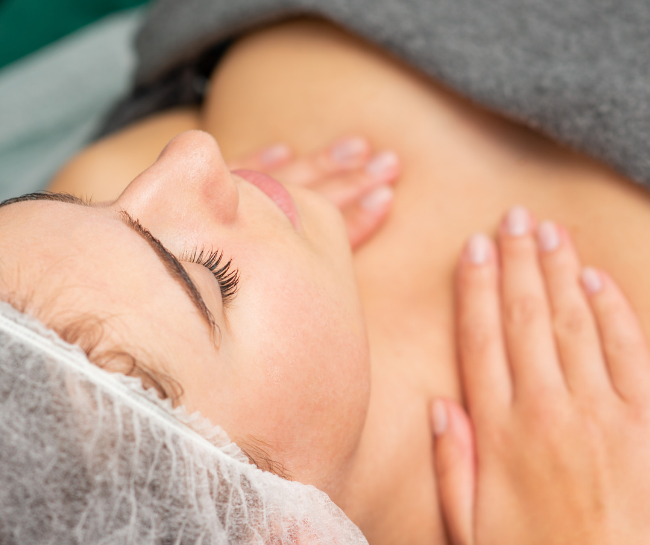
To get the most out of this approach, do it while breastfeeding and in the position of your nipple. As you work your way closer to your breast, begin with your finger above the affected part and exert steady pressure. Look around for hard or bumpy regions if you don’t know where to massage.
💡 Breast massage has many benefits: it can alleviate tension, reduce swelling, and help you feel more connected to your body. Set up a massage routine so you can check your breasts for abnormalities, increase lactation, or flush your lymph system regularly.
- Essential oils
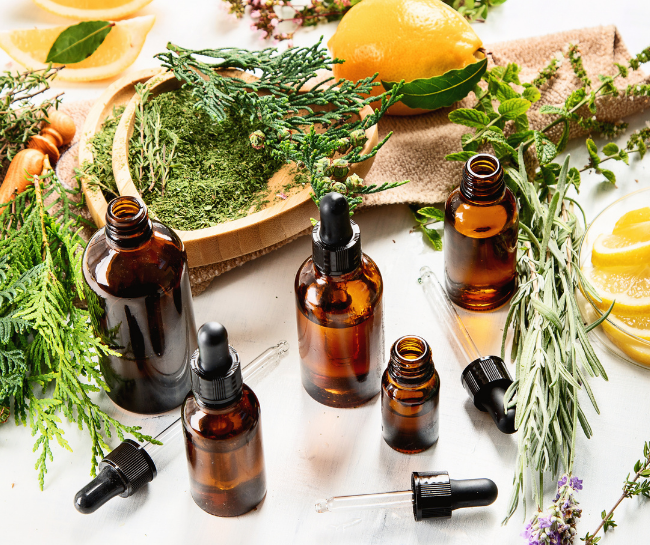
Studies from PUBMED found that essential oils have also been shown to help with mastitis. Tea tree oil, for example, includes terpinen-4-ol, a molecule with antifungal, antibacterial, and anti-inflammatory effects. You can use it directly by mixing the oil with a carrier oil.
- Garlic
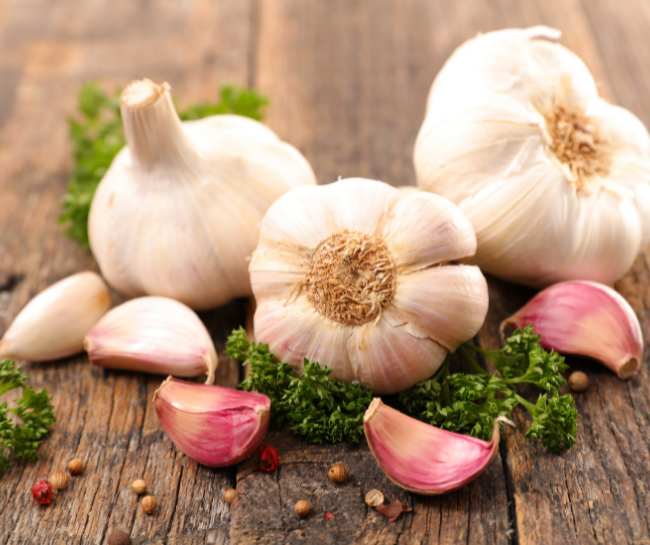
Fresh garlic has the potential to function as an antibiotic and a stimulant to innate immunity. Garlic’s natural antibacterial capabilities provide the benefits. Because garlic tablets don’t work as effectively as fresh garlic, you’ll need to utilize fresh ones.
💡 Gilroy, California is the garlic capital of the world.
Don’t forget to leave a comment!

